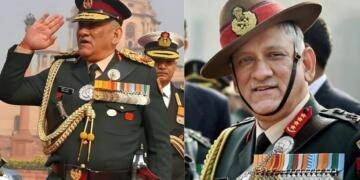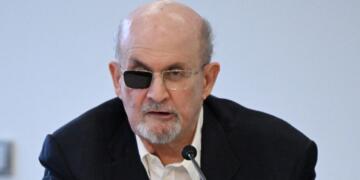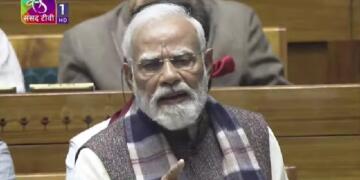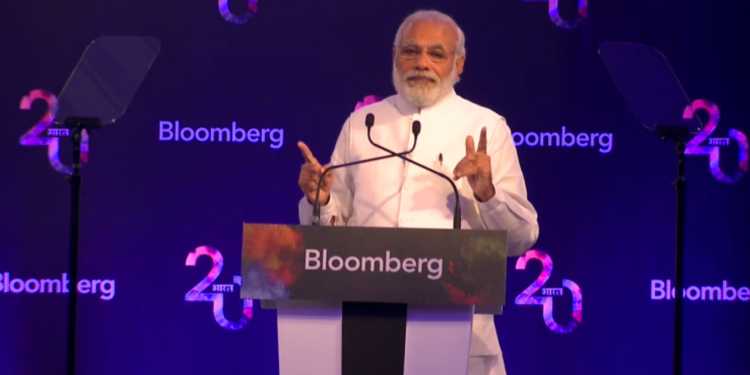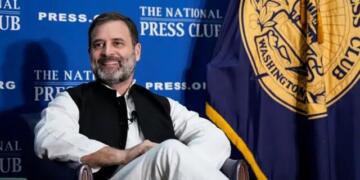Recently, two events sparked discussions in the mainstream media about how difficult it may be for PM Modi to retain power in 2019. First, it was TDP quitting the NDA and moving a no-confidence motion. And second, was the BJP’s loss in the UP by-polls against a tactical BSP-SP alliance. These two events were touted as a setback for the BJP in its quest to return to power in the next general elections. It also set political pundits predicting the reemergence of coalition politics in the country.
In the midst of these predictions, Bloomberg has come out with a survey forecasting the longevity of existing important world leaders. Choosing sixteen world leaders who have the biggest impact geopolitics, the magazine has analyzed the future of these leaders. Obviously, PM Modi is part of this list. The leaders were chosen based on various factors which impact global order, such as climate change, the eradication of poverty and making peace deals.
When it comes to Narendra Modi, the survey conducted by Bloomberg has made some interesting observations. According to it, PM Modi is going to last in office till at least 2024, and may further rule even until 2029.
Described as ‘by far the most popular Indian politician’, PM Modi is expected to easily romp home in 2019 and continue his government for a second term. Bloomberg made these assertions based on certain important factors.
Firstly, the report mentions BJP’s proven track record in winning elections and highlights its stupendous state election performances. Undoubtedly, the party is increasing its foot prints across the nation and is now not just confined to the Hindi heartland. The mainstream media in India concentrates on BJP’s losses in by-polls held in Rajasthan and UP. But it ignores BJP’s inroads into areas such as the Northeast. Not only has its vote share shown a significant increase in the recently held polls but it also has also been able to form governments in Left dominated states such as Tripura. The selective highlighting of by-poll losses by the media being portrayed as indication of a declining BJP is clearly refuted in the survey.
Secondly, the report highlighted the unchallenged popularity of PM Modi. His closest adversaries like Rahul Gandhi and Arvind Kejriwal are far behind in terms of popularity. The report is scathing in mentioning that the primary opposition party, Congress, lacks a charismatic leader. It also says regional players are vulnerable to the BJP. Ideally, there is no leader who can match PM Modi’s nationwide popularity or stature. These facts have been presented by many national opinion-polls as well, and have now been reiterated by Bloomberg.
Thirdly, the report expects PM Modi to continue even beyond 2024, and cites the absence of a strong opposition as the reason. After being reduced to 44 seats in 2014, the Congress has not being able to recover lost ground. Other regional players seem ideologically fragmented. After the no-confidence motion episode by the TDP, hectic activities in cementing an anti-BJP front are ongoing. But this alliance of convenience, if it ever forms, will be probably be rejected by the electorate in 2019. In the absence of any cohesive leader at the national level from any regional party or the Congress, the project will meet its waterloo. In case the experiment fails in 2019, it will further disintegrate in the run-up to 2024, which may provide PM Modi the necessary impetus to continue even beyond his second term.
The Bloomberg survey comes at a time when the national media is pushing the ‘Modi versus rest’ narrative. The survey has clearly indicated a smooth run for PM Modi in 2019 and beyond. Perhaps, Bloomberg has not only rightly gauged the mood of the nation but has also set the record straight in forecasting the accurate political reality of the day. Now we’re waiting for the anti-Modi lobby to label Bloomberg as an RSS agent!



